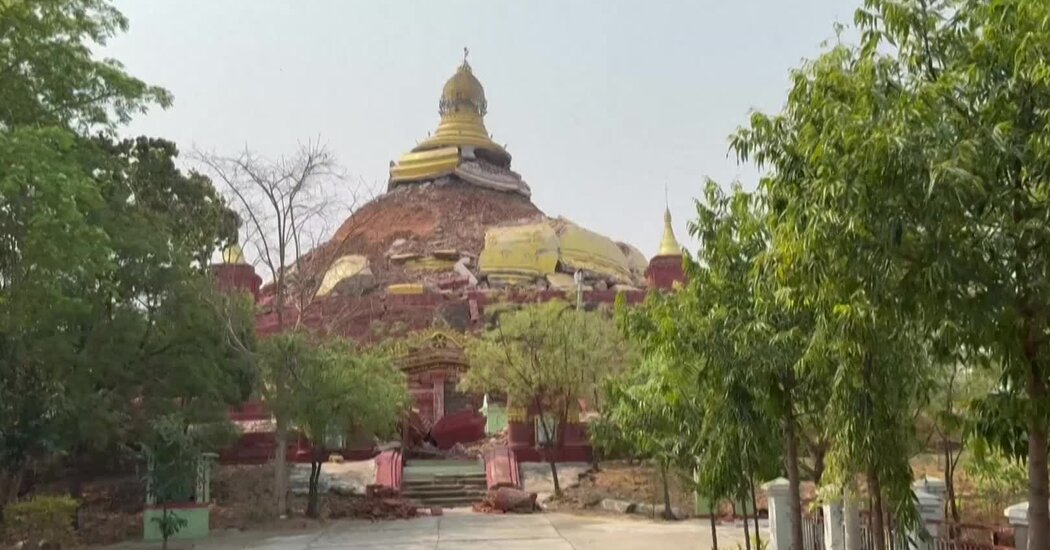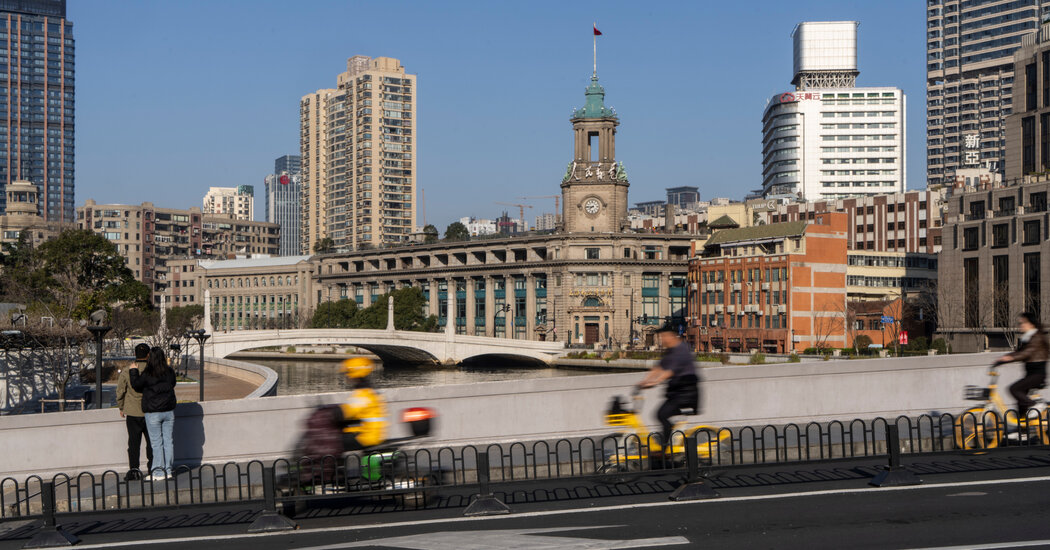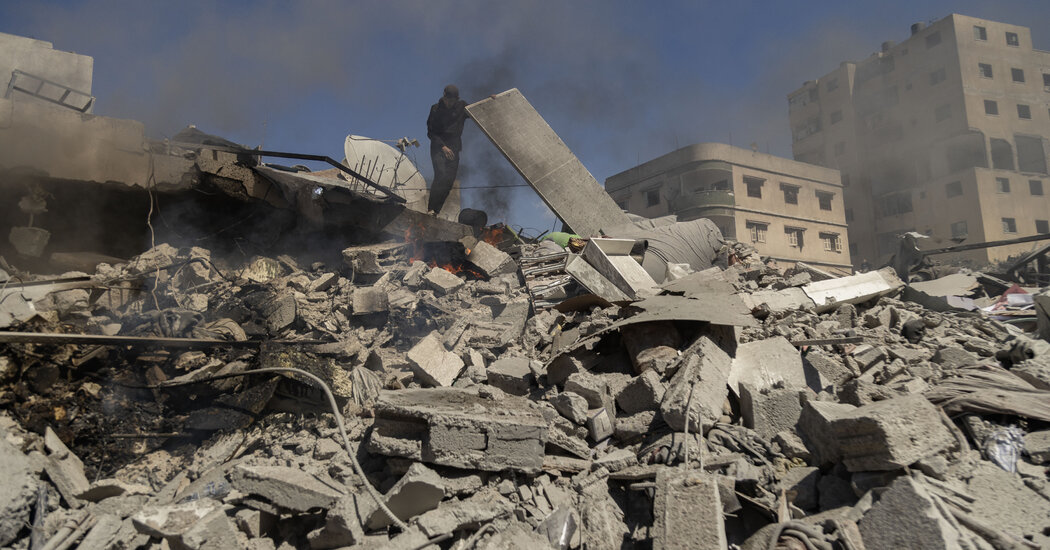Devastating Earthquake Strikes Myanmar, Leaving Historic Sites in Ruins
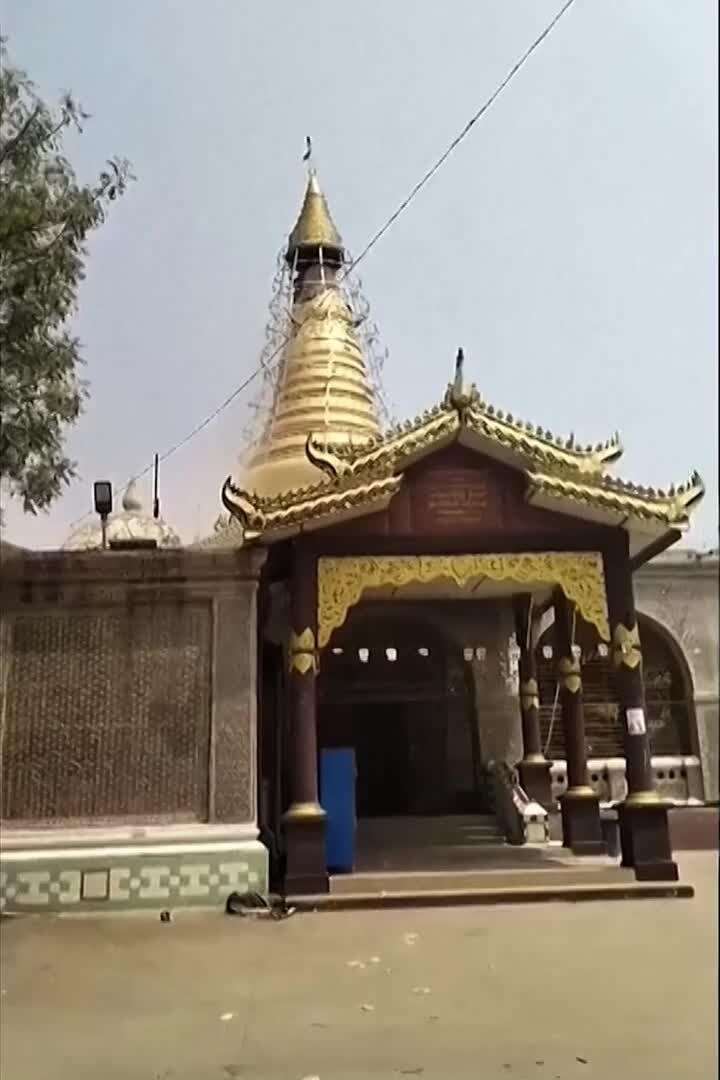
A powerful earthquake rattled Myanmar on Friday, inflicting severe damage on the nation’s historic and religious landmarks. The tremor caused numerous pagodas to topple, sections of Buddhist monasteries to collapse, and centuries-old monuments to be reduced to mere rubble, as evidenced by photographs and videos shared by witnesses and verified by The New York Times.
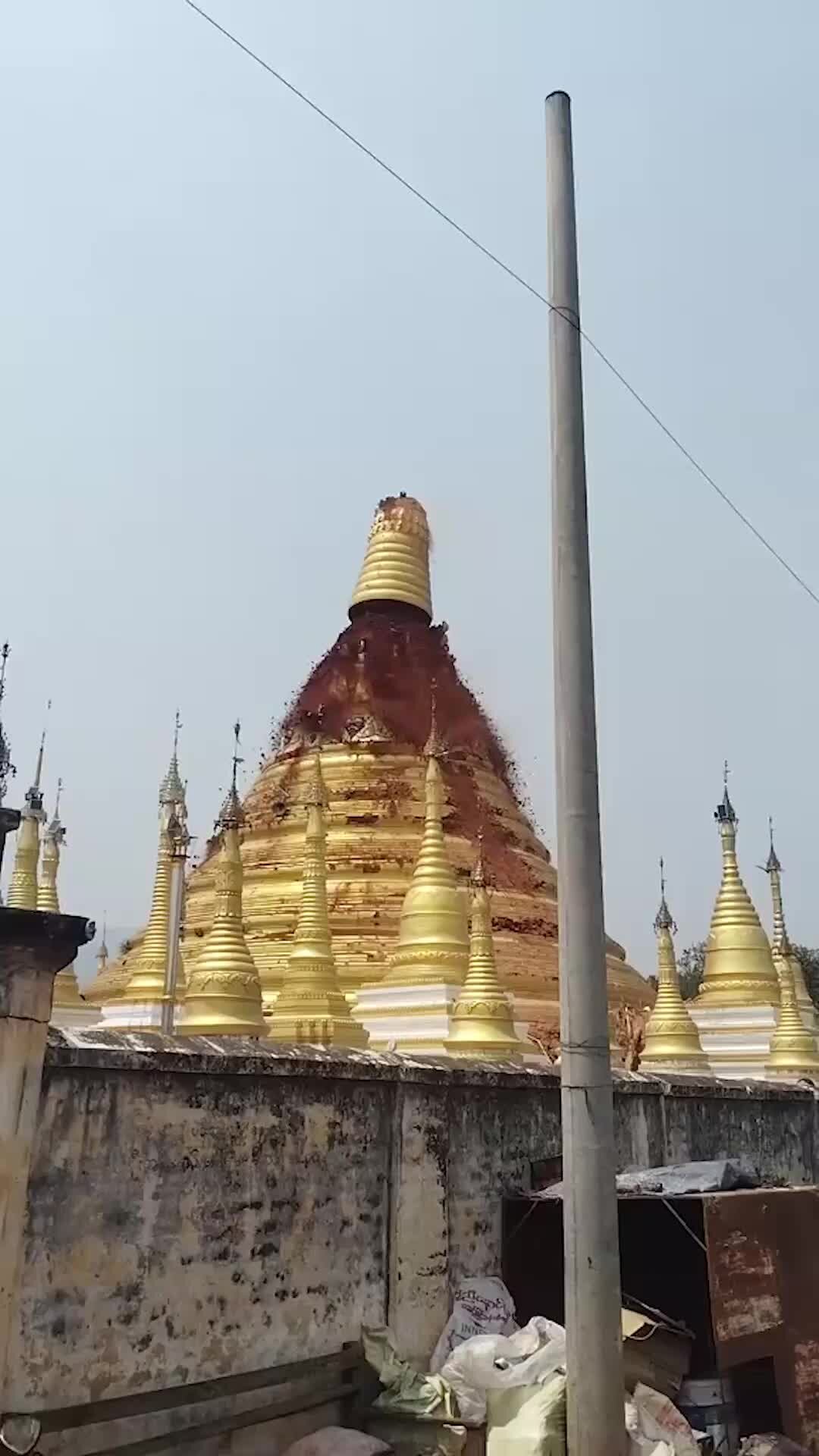
As of Saturday morning, the Myanmar government reported that over 3,000 structures had suffered damage, including approximately 150 mosques and pagodas. Notably, southwest of Mandalay, the Me Nu Brick Monastery, which dates back 200 years, appeared to be largely destroyed, with tiers of its distinctive balconies having collapsed around its robust interior walls.
In a heart-wrenching video from southeast of Mandalay, the ornate golden spire of the Shwe Sar Yan Pagoda was seen toppling over, eliciting screams of horror from onlookers. In Mandalay city itself, a significant pagoda that once stood proudly on the palace walls was left tilted at a precarious angle, while sections of the walls crumbled under the quake’s force.
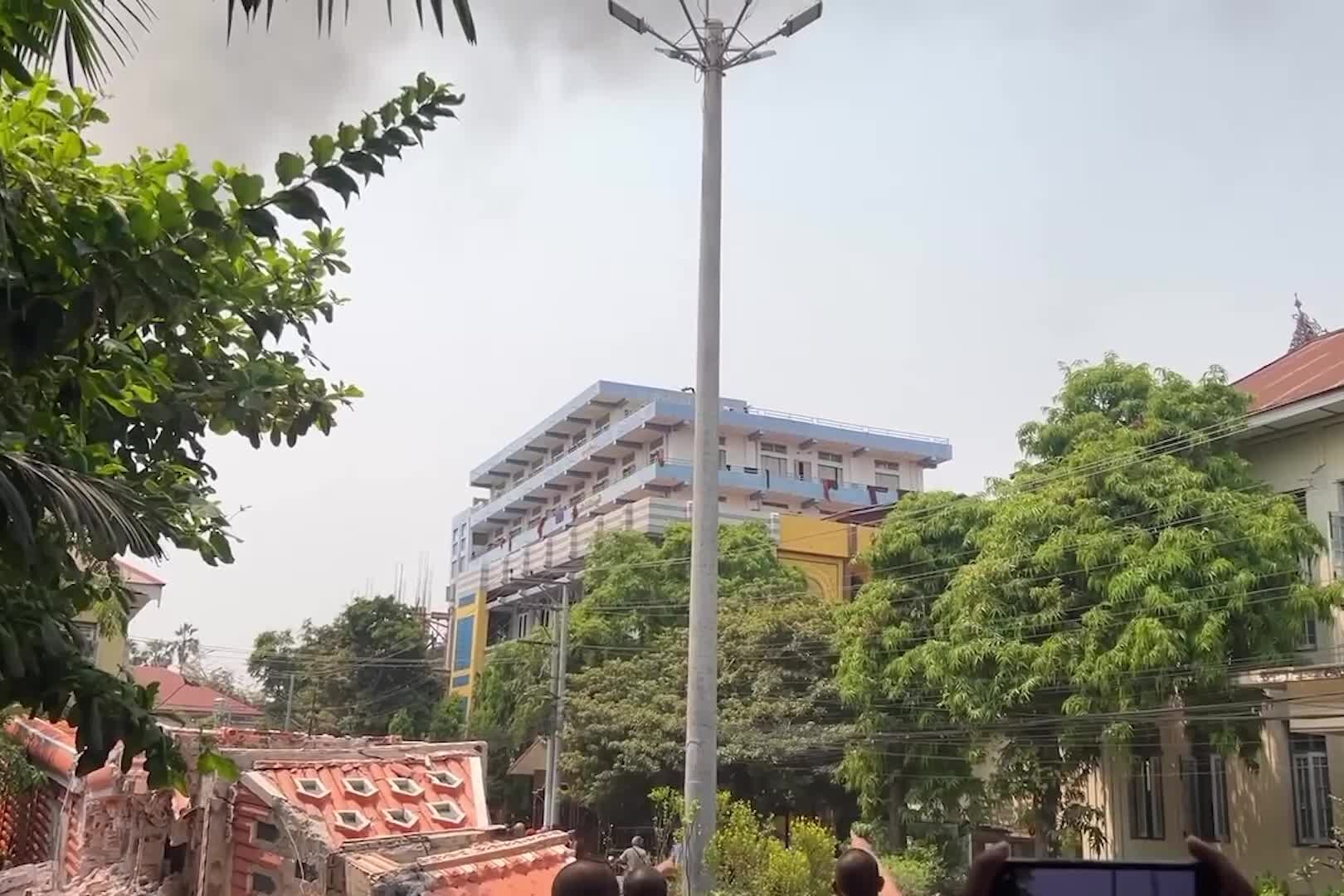
To the west of the city, a video captured Buddhist monks gathered around the ruins of a decorative clock tower that had served as a focal point for the New Masoeyein Monastery. Just moments later, distressing footage showed the collapse of the monastery’s five-story building right before their eyes. Dozens of monks who resided at the monastery spent Friday night sleeping on mats in nearby streets, with one monk, Moe Nat Ashin, documenting the chaotic scene.
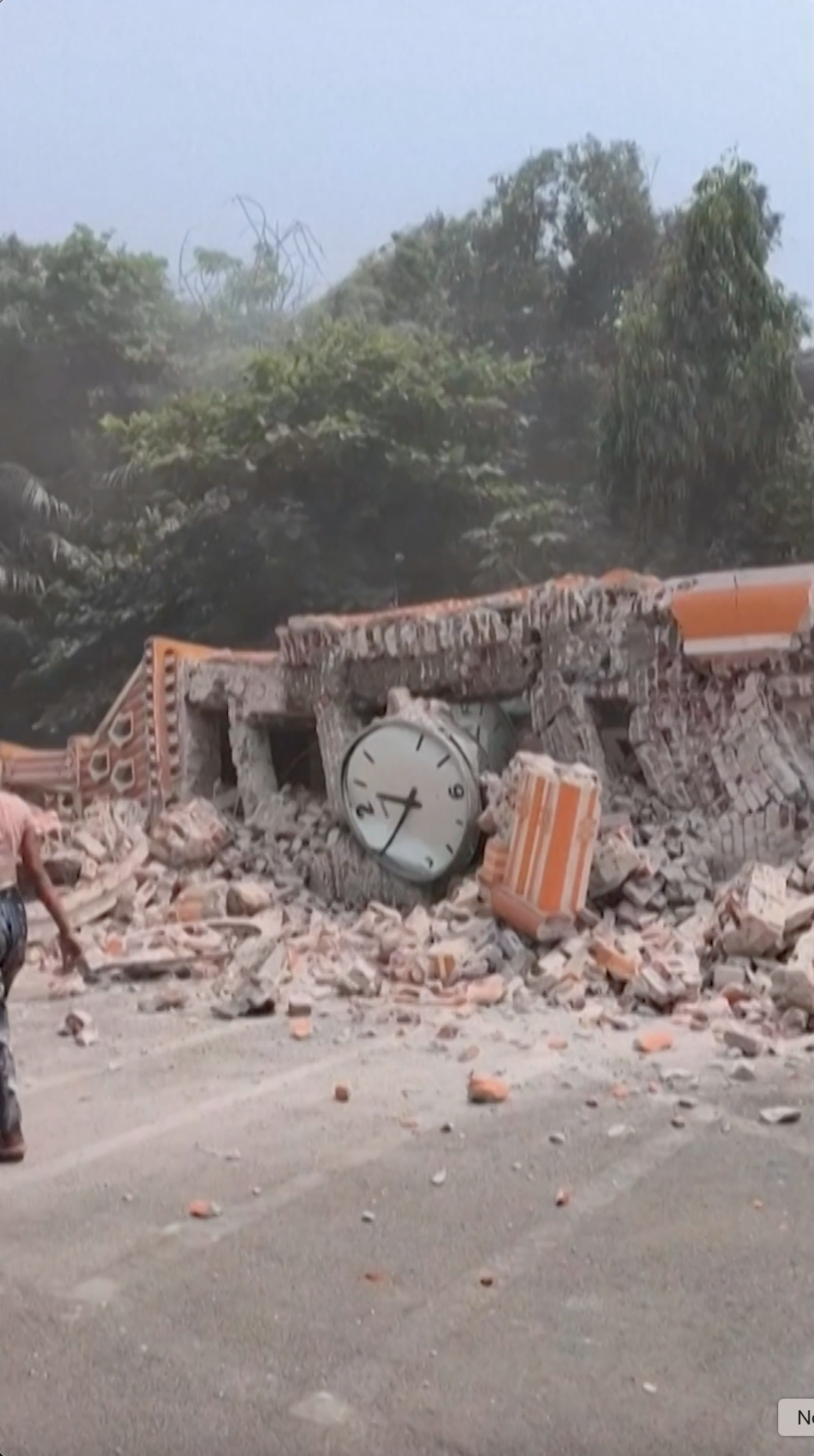
Images circulated by the Burma Human Rights Network depicted fallen minarets and domes of mosques across various regions of the country. The online news outlet Mizzima reported, citing local officials and residents, that a tragic 490 people lost their lives due to mosque collapses during the disaster.
In Pindaya, located 70 miles from the earthquake’s epicenter, Buddhist monuments known as stupas that adorned a large monastery were toppled, while cracks marred the foundations of others that managed to endure. Surrounding the stupas, the ground was littered with the remnants of golden spires and the characteristic red bricks typical of the region.
In a poignant witness video, onlookers were captured wailing as the tops of the monastery’s largest stupas crumbled during an aftershock. “Pindaya has experienced earthquakes before, but nothing as powerful as today’s,” lamented Tun Tun Aye, the administrator of a Facebook page dedicated to the monastery. He expressed uncertainty regarding how the monastery would be restored, given the extensive damage.
In 2015, following devastating earthquakes in Nepal, billions of dollars were pledged for reconstruction efforts. Initially hindered by bureaucratic obstacles, the restoration eventually led to a revival of traditional craftsmanship in the region. However, Myanmar faces a more challenging scenario. Under the rule of a military junta that has terrorized civilian populations while battling a rebel movement, the establishment of a cohesive and internationally supported reconstruction effort is likely to be fraught with difficulties.
